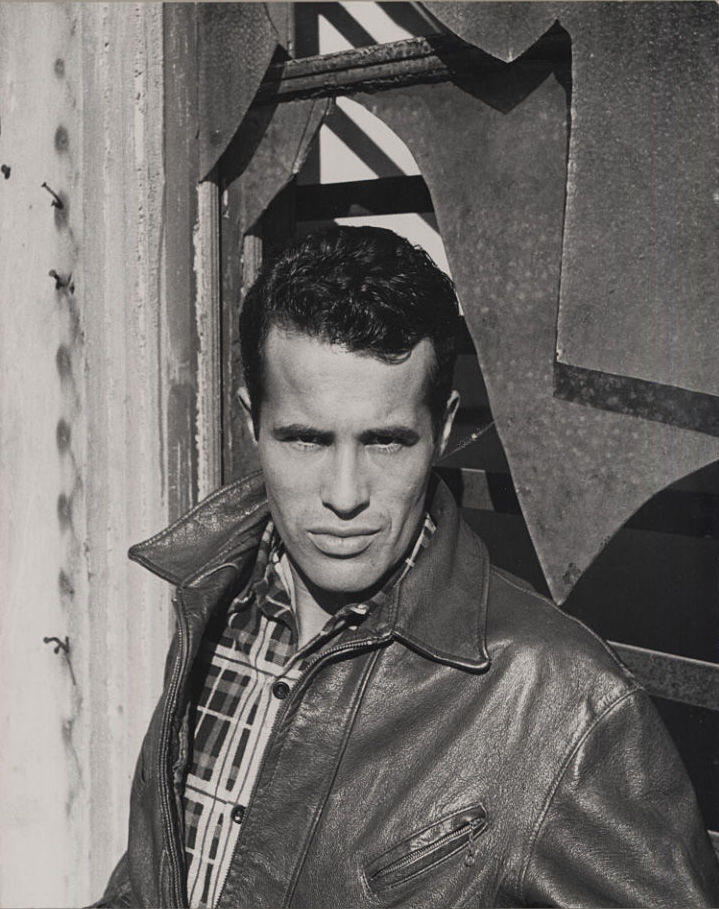Remembering Kenneth Anger (1927–2023)
Jarett Kobek reflects on his relationship with the late cult filmmaker and Hollywood Babylon author
Jarett Kobek reflects on his relationship with the late cult filmmaker and Hollywood Babylon author

Cinema remembers two types of directors: individuals who devise technical or thematic innovations copied by their peers, and the rare ones who produce imagery that escapes the bounds of language. Truly great filmmakers tend to occupy both categories.
Count the late Kenneth Anger amongst their number. While his innovations have received consideration, his content is so unique and slippery that we still lack an adequate framework for its comprehension. What, exactly, is Scorpio Rising (1963)? A meditation about straight boys who don’t know they’re leathermen? Or, maybe, about the naughty boys who do? The surfacing of a fascism inherent to the American project? A study of secret worlds in private spaces? An instruction manual on church desecration? Something else? (And remember: Scorpio is one of Anger’s more straightforward films. Good luck explaining Invocation of My Demon Brother [1969]. Or Lucifer Rising [1970–81]. Or even the late masterpiece Mouse Heaven [2005].)

My association with Anger began in 2005 while he lived in a flop-house hotel on Hollywood Boulevard. He was in his late 70s, a difficult age for any artist, and ignored by almost everyone. He was hawking his films on DVD-R. For about a year, we exchanged letters. Then I travelled to Los Angeles and attempted to meet him.
He didn’t have a phone, so I left a note at his hotel’s front desk. Hours later, he called from the lobby payphone. I asked him something – I can’t remember what – that somehow caused an altercation between Anger and a burlesque artist working the desk. When he returned to the phone, he shouted that I must come rescue him. As I arrived, a police cruiser pulled away. The burlesque artist said that she’d been strangled by Anger. She showed me claw marks on her neck. They were awful. Anger had been arrested.

After moving to Los Angeles, I met with Anger roughly every two weeks. This lasted for about three years, our rendezvous arranged by letter. I’d drop him a note. He’d respond and then I’d go to his hotel and take him to a boring museum or an old movie. I have no stories of Anger and sexy devil worshipers skipping across the abyss with Choronzon, but, brother, I can tell you a thing or two about the old man’s relationship to W.C. Fields and the Lasky-DeMille Barn.
Sometimes Anger would be really, really up and talk a blue mile and maybe get us into trouble. Other times, he’d be downer than down. Once, I drove him, round-trip, to San Simeon and the Hearst Castle. The day took 14 hours. He spoke a total of 150 words.

Accounts of Anger’s outbursts and ill-behaviour are beyond measure. Stories go back to the early 1960s – if not earlier. In the weeks that follow his death, we’ll hear more. I suggest instead focusing on the mysteries: how is it that, after years of inactivity, Anger had the fortunate timing to edit and premiere Invocation following Bobby Beausoleil’s arrest for murder but prior to the Manson Family’s apprehension for the Tate-LaBianca slayings? Why do scenes in Lucifer Rising, set in the Externsteine, appear to adapt parts of Pilgrimage (1958), a book authored by the contemptible Savitri Devi?
As for myself, all I can write is that Anger never mistreated me. Other than the introductory claw marks, I saw no hints of his uglier side. He was never rude, never insulting and always generous. Some of this, I think, was due to my assumption that asking about the Greatest Hits – his films, his associations with rock stars, Hollywood Babylon (1959/65/75) – would shut down conversation, or set him off. Mostly, we talked about the popular culture of the Great Depression. He was the only non-science fiction person that I’ve met who knew the name Margaret Brundage.

In the Kenneth Anger story, I am at best a footnote nested within a footnote. Our association ended not because of a fall-out but drift. I drifted into San Francisco. He drifted into his 80s and experienced an art world renaissance. Here, much credit belongs to his long-time manager and collaborator Brian Butler. I’m pretty certain Brian disliked me, and his tenure generated controversy and complaints, but it’s my conviction that, without Brian, Anger would have died an earlier and far worse death. The flop-house hotel was full of artists and actors. Many attached themselves to Anger. Most, if not all, of these dalliances ended in tears, if not catastrophe. One time, Anger disappeared for a few weeks. He was, apparently, hospitalized. I was told that Anger’s most recent Lucifer had attempted to behead the octogenarian with a samurai sword. (No one specified if the beheading was ritualized or simply prime tweaker cut.) Brian navigated decades of this. On one occasion, I witnessed him save Anger from himself.

In the beginning, I was naive enough to be impressed by the Golden Age character who helped David Bowie draw a line of cocaine from Kether to Malkuth. These days, I almost never think of the filmmaker Kenneth Anger. Or the gossip who wrote Hollywood Babylon. Or the guy who hung out with Anita Pallenberg. My thoughts go to Hearst Castle.
After touring the grotesque wealth, we visited the food court and sat outside. Anger fed most of his meal to sparrows – and then went to the gift shop and got me a copy of Marion Davies’s autobiography (1975). Other people will have different stories, other versions of Kenneth Anger. Some, I’m sure, are horrible. But, for me, that’s who he was: a silent and lonely old man who fed the birds and bought me a book.





















